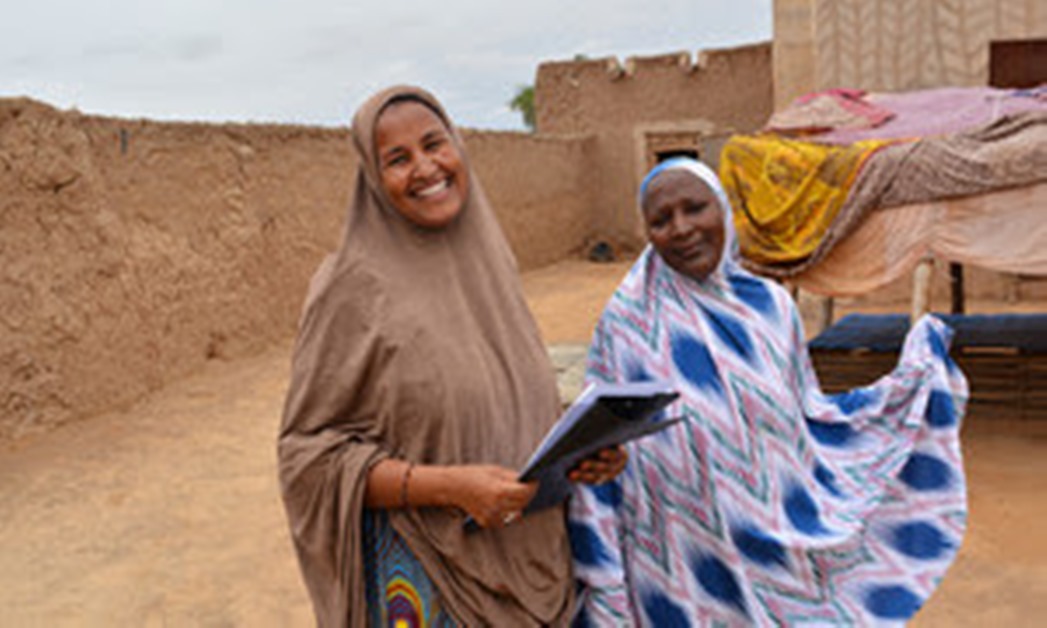One may refer to Mahatma Gandhi who had said long back that those who “obstruct the rise of free independent women, also obstruct the rise of free independent men”
 Dr. Oishee Mukherjee I INFA Service
Dr. Oishee Mukherjee I INFA Service

The passage of the long-pending Women’s Reservation Bill renamed as ‘Nari Shakti Vandan Adhiniyam’ should give hope to nearly half of the country’s 950 million registered voter population that the ‘historic’ step will in the long run lessen the gender gap, which to say the least is dismal. While India boasts of being the world’s largest democracy, it ranks 141 out of 185 in the World Economic Forum’s latest Global Gender Report.
There is at the same time, a nagging doubt about when the Bill will translate into reality, as the delay in implementation by linking it to delimitation, which is to be undertaken after the Census as is mentioned in Clause 334(a) of the bill, is a grey area. While the Modi government assures urgent steps, some Opposition parties are skeptical whether Bill’s execution will take place even in the 2029 elections, as there is no time limit. Plus, there is the additional demand for carving out an OBC sub-quota in the legislation and a ‘caste census’, which is shrouded in controversy.
Be that as it may, the question of women’s reservation in State legislatures and Parliament was never about whether it will happen, but when. While reservations exist already at the lowest tiers of government in panchayat raj institutions, first introduced in 1993 by the Rajiv Gandhi government, four attempts made by previous governments to bring this Bill failed. It was first brought by Deve Gowda-led government in 1996, which went to a committee, but never reached the Lok Sabha; the Vajpayee government brought it in 1998, but wasn’t allowed to be introduced; again it was brought but the discussion couldn’t take place; the Bill was then brought by Manmohan Singh government in Rajya Sabha, where though being passed it failed to make it to the Lok Sabha.
With the incumbent Modi government facing its toughest elections in 2024 against a ‘united Opposition’ in the 2024, INDIA bloc, the passage of the Bill may, as is envisaged, give it an edge. This is on the basis that at least the foundation has been laid and that women voters, who are said to vote differently, would expect the political class to be more gender inclusive and appoint more women to leadership positions.
In the last general Election 716 women candidates contested, of which 78 were elected. MPs have been elected to the 17th Lok Sabha. A marginal rise from 62 women MPs in 2014. In fact, the representation of women MPs in Lok Sabha is slowly improving from 5% in the 1st Lok Sabha to 14 % in the 17th Lok Sabha. However, though the percentage has increased over the years, it is still lower in comparison to some countries. These include Rwanda (61%), South Africa (43%), UK (32%), USA (24%), Bangladesh (21%).
There can be no denying that more women need to enter politics as equal mainstream players in leadership qualities and political skills. This is imperative to counter the deprivation and exploitation of the opposite sex in various areas and in various ways. One may refer to Mahatma Gandhi who had said long back that those who “obstruct the rise of free independent women, also obstruct the rise of free independent men”. Gender justice is not about special concessions for women but an overall democratisation of public life that makes politics safe enough for all to enter, without having to endure violence or persecution from money or muscle power.
Take for example the areas of higher education, the country’s workforce, or women’s safety—which should get a boost with a change in mindsets. While it is seen that more women are going for higher education and entering the workforce in metros and big cities, the total national picture is somewhat different. Reports indicate that huge numbers of women are dropping out of the workforce. A recent statistic shows that in the coveted Jawaharlal Nehru University, in the nation’s capital Delhi, there has been a decline in the proportion of female students in recent years though between 2014-15 and 2020-21, their overall enrolment rose from 45 to 49%.
Insofar as safety is concerned, crimes against women show poor signs of abating. In the past two-three years, reports suggest that there has been a rapid increase in cases of rape and molestation in some States, thereby indicating that the opposite sex is still considered subordinate to men in a patriarchal society. This year alone, a report found that as many as 1278 cases of rape and murder of women were registered across 28 States between 2017 and 2021 with Uttar Pradesh topping the list with a maximum of 218 cases. This perhaps isn’t the full picture as at least 3000 cases, most unregistered’, took place during the above years.
These examples reveal the harsh reality, that while India has made progress, its female population has big challenges of empowerment to overcome. Recall, while addressing the G20 Ministerial Conference on Women Empowerment in August, Prime Minister Modi said the most effective way to empower women was through a women-led development approach. “When women prosper, the world prospers,” because their economic empowerment fuels growth and their access to education drives global progress.
But words, need to translate into action. The empowerment that is called for needs the presence of women leaders, both at the regional and national levels, to enhance women’s participation in decision and policy making. A look at leadership positions suggests the road ahead is not easy. For example in 28 States and eight UTs, there’s only one female Chief Minister today; In Modi’s Cabinet, there are 11 women ministers out of 77, i.e. only one in every seven ministers.
It would also be prudent to refer to a recent report ‘The Paths to Equal’ where India finds itself placed in the group of countries classified as low on empowerment in the first twin indices for women’s empowerment (WEI) and global gender parity (GGPI) brought out by UN bodies. The report for the first time assesses 114 countries on twin indices for women empowerment and gender parity in 2022. The empowerment deficit, according to WEI in India is 48%, and the gender gap according to the GGPI is 44%. However, India’s score in WEI is slightly higher than the regional average of central and southern Asia, where the empowerment deficit is 50%.
Political parties per se need to play an active role and not leave it to the government of the day with the uphill task of women empowerment. Quotas will take time, but at least the parties, both national and State, can set an example by allocating at least 30% of their seats to women candidates in the ensuing general election. A sign of genuine sincerity when they voted for the Bill. The earlier this happens it would be better for society and the country. —INFA





